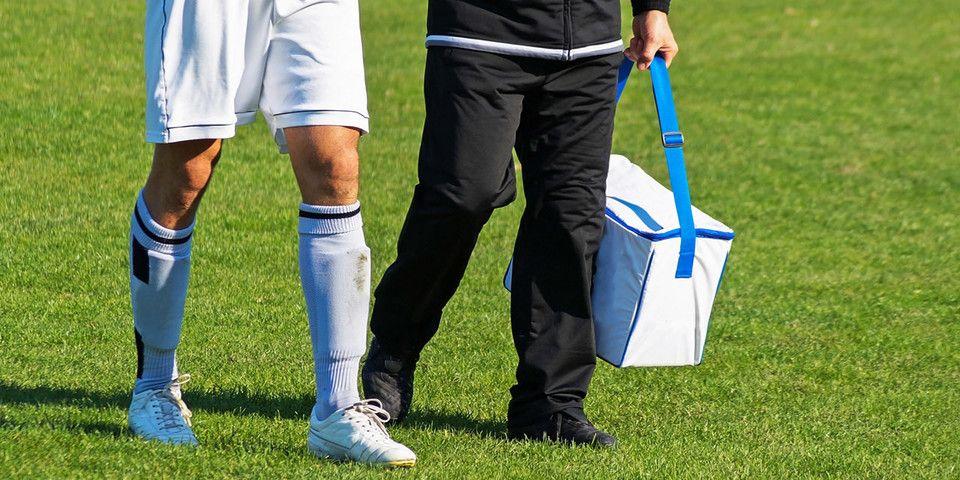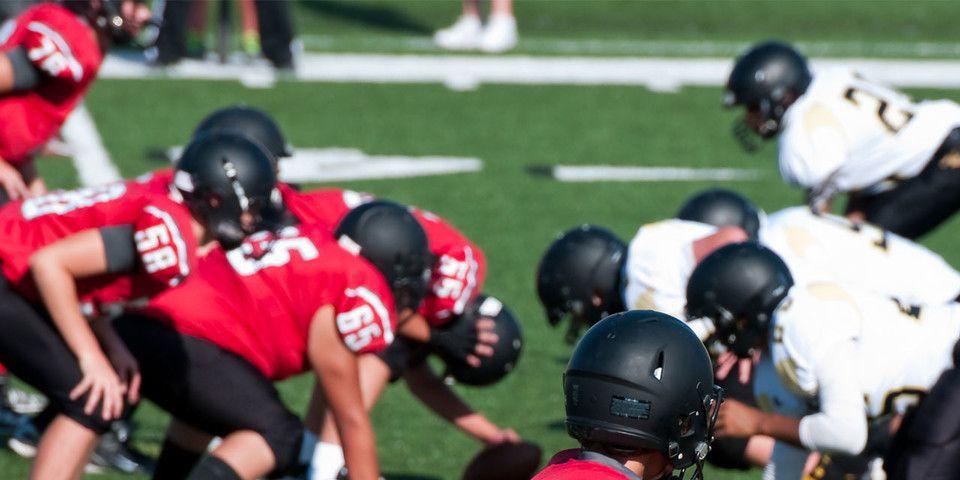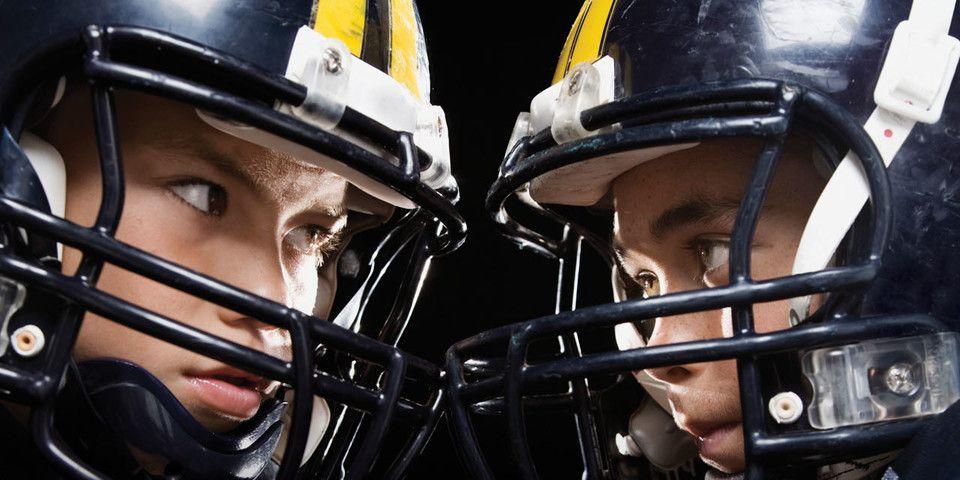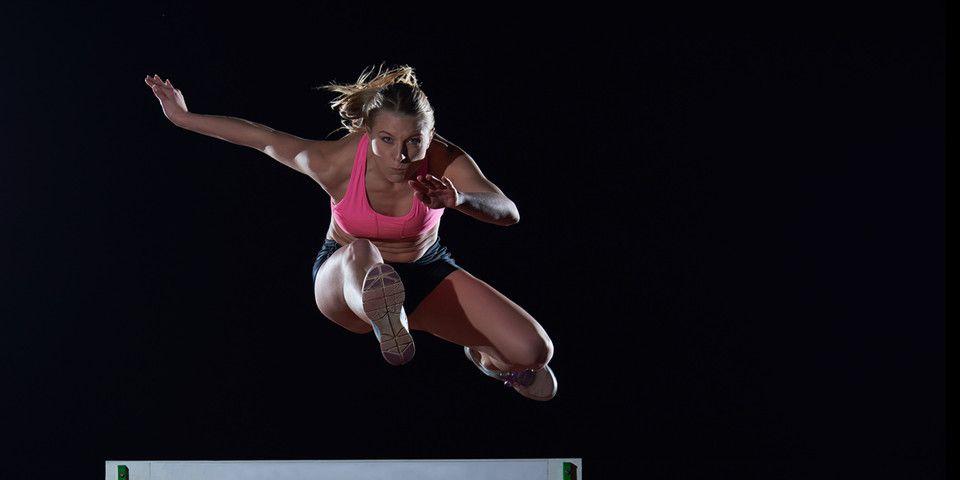A Guide to High-Impact Winter Sports Injuries
Rothman Orthopaedic Institute can effectively treat high-impact winter sports injuries.
Cold weather. Snow and ice. High-impact sports. It’s a dangerous combination and one that is a central part of the wintertime experience for millions of people. Seasonal activities like sledding, ice skating, and skiing are popular across age groups and cultures.
What many people fail to realize is that there are serious risks associated with these activities. Beneath the wintertime charm of toboggans and figure eights are considerable dangers for high-impact winter sports injuries. Every winter, thousands of Americans are hospitalized as a result of traumatic injuries, ranging from lacerations and ligament tears to broken bones and concussions, while participating in winter athletic activities.
Learn more about the nature of high-impact winter sports injuries and how you can best stay safe while having fun this winter.
Top Risks: The Four Most Dangerous Winter Sports
In 2015 alone, over 246,000 Americans were treated for injuries resulting from winter sports accidents. While the risk-factors associated with cold weather and slippery ice naturally increase the danger of any given sport or activity, there are certain winter sports that feature especially high risk of injury.
Listed below are the top four winter sports activities in terms of injury incidence, according to 2015 statistics produced by the U.S. Consumer Product Safety Commission:
-
Skiing: responsible for 88,000 injuries
-
Snowboarding: responsible for 61,000 injuries
-
Ice skating: responsible for 50,000 injuries
-
Sledding, snow tubing, tobogganing: responsible for 47,000 injuries
Participants in these popular winter sports should exercise special caution.
Top Winter Injuries
Just as there are established trends in the sports that cause common winter injuries, there are common patterns regarding the types of injuries that are suffered. As a general rule, sprains, strains, dislocations, lacerations, and fractures are the most common types of high-impact injuries. Below is a brief overview the typical injuries associated with winter sports and how they can be effectively prevented.
-
Head injuries: Concussions
-
Prevention: Wearing protective equipment like helmets and exercising situational awareness are the best means of preventing head injuries.
-
-
Back injuries: Sprains or strains of spinal ligaments, spinal fractures and/or dislocations
-
Prevention: Back injuries most frequently affect skiers and snowboarders. To prevent injury, warm up, familiarize yourself with your surroundings, especially snow and slope conditions. Also, follow proper posture technique, and do not ski/snowboard beyond your abilities.
-
-
Arm and shoulder injuries: shoulder dislocations, broken elbow, elbow dislocations
-
Prevention: Avoid outstretching or locking arms during traumatic falls or impacts. Always wear protective equipment and properly fitted athletic clothing.
-
-
Knee injuries: meniscus tears, ligament tears, kneecap fractures, knee dislocations
-
Prevention: Knee injuries are the most common high-impact winter sports injuries. Prevention methods include wearing knee pads, avoiding steep or icy surfaces, and practicing proper falling technique.
-
-
Ankle injuries: sprains, fractures
-
Prevention: Be aware of uneven surfaces and always wear properly-fitted ski boots, skates, and athletic footwear. Avoid twisting ankles in unnatural movements. Snowboarders are most susceptible to ankle injuries, so they should exercise extra caution.
-
-
Hand injuries: broken wrist, torn thumb ligament (skier’s thumb), lacerations
-
Prevention: Wear proper winter gloves, do not bend hand to maintain grip on ski poles (especially during falls), and avoid bracing falls with wrists.
-
Following these safety precautions, exercising caution and awareness, and complying with proper technique should help you to avoid these high-impact winter sports injuries. However, if you do experience an injury, the orthopaedic specialists at Rothman Orthopaedic Institute can offer you the best care available. Our Sports Medicine specialists have extensive experience treating winter sports injuries, they can help you to recover from traumatic winter injuries and return to activity. Please visit us here or contact us at 1-800-321-9999.
Related Physicians
Related Specialties
Related Programs
-

Athletic Training- Sport Medicine Outreach
Our Field Athletic Trainers provide direct sports medicine care to youth, high school, college and professional athletes. Rothman AT’s provide athletic training services throughout Southeastern PA to interscholastic high schools, colleges, as well as tournaments and special events.Read More -

Injury Prevention Program
The Injury Prevention Program at the Rothman Orthopaedic Institute is dedicated to the prevention of injuries from athletic participation, particularly youth sports.Read More -

Sports Concussion Program
Concussion care is a special focus of Rothman's sports medicine program. We've developed the most advanced multi-disciplinary evaluation and treatment techniques based on research done by the concussion specialists here at Rothman Orthopaedic Institute.Read More -

Women’s Sports Medicine Program
The Women’s Sports Medicine Program at the Rothman Orthopaedic Institute is the first of its kind in the Philadelphia metro area and one of only several such programs specializing in the comprehensive care of the female athlete in the country.Read More




